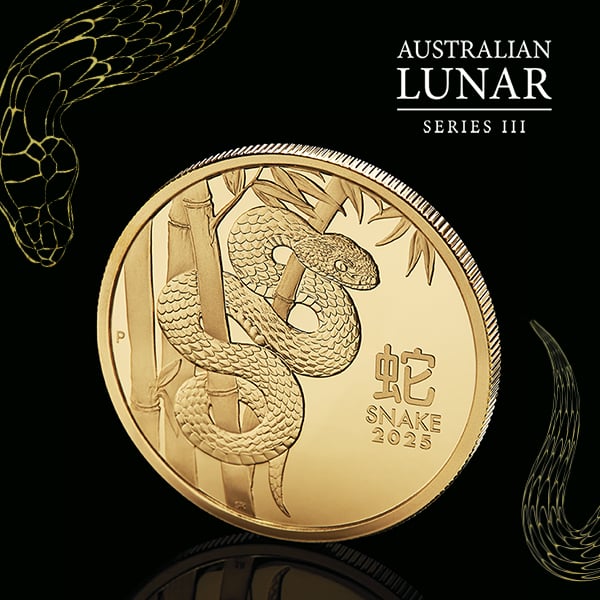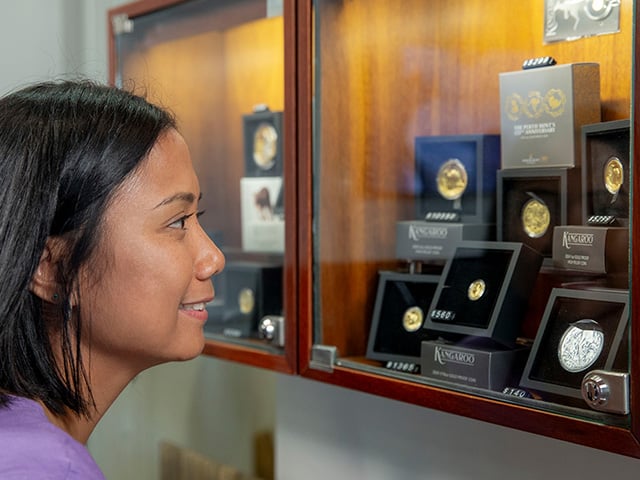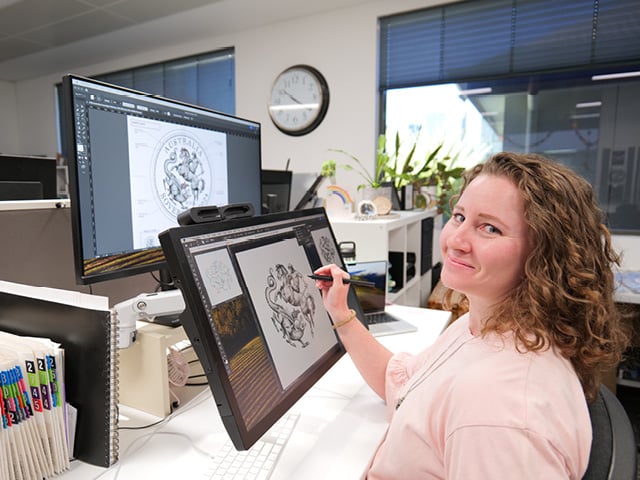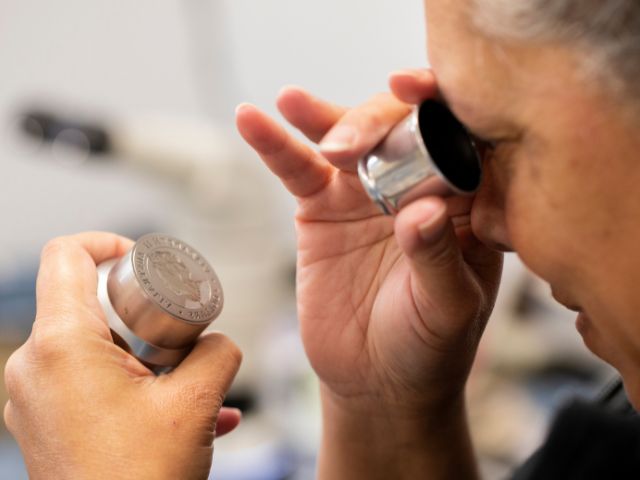Nurturing the next generation coin collector
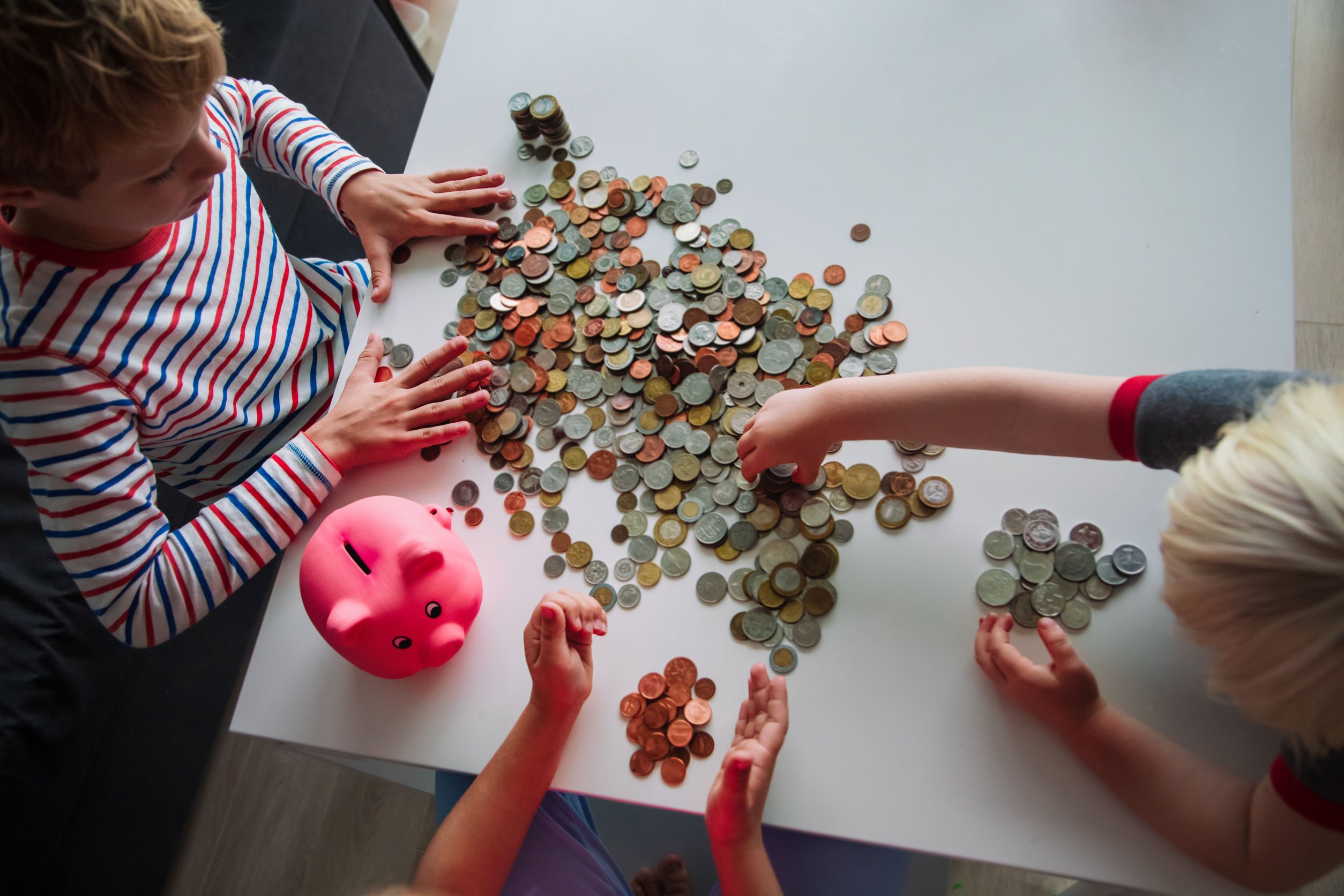
Introducing your niece or nephew, child, or grandchild to the world of coin collecting, can lead to a rewarding hobby that will last a lifetime.
Why children love collecting
Children have a natural desire to make sense of and create order in their world, and as part of this process, their inclination to collect starts at a young age.
Collecting, comparing and sorting objects is an instinctual part of play that helps children develop their understanding of the world, while also building the foundation of their mathematical skills.
Toddlers begin by collecting likeminded toys and sorting by shape, colour and texture. As they grow, their natural inclination to collect often expands to other easily grouped objects.
What child hasn’t returned from the beach with a collection of shells? Young people love holding natural objects that they have picked up on their travels. Collections are as varied as the child’s imagination – they could include anything from toy cars or dolls, marbles, stamps, or, indeed, coins.
Young children are often not initially concerned with the nuances of coin collecting, opting for scale over rarity and aesthetics.
However, with active interest and gentle encouragement – especially from experienced collectors – junior dabblers can discover the greater world of numismatics, and learn about history, currency and culture, all while building the beginnings of an impressive coin collection.
Benefits of coin collecting
Experienced collectors appreciate the challenges and joys of coin collecting but they may not be aware of the benefits children may gain from sharing in their passion.
There are many social, emotional and practical life skills that will develop in a young numismatist (student or collector of coins) as they build a comprehensive collection.
Diving into a new hobby is a great way to socialise no matter your age, and this holds true for young avid coin collectors, who can connect with other junior numismatists through local clubs or societies. Adults who share an interest together is also a great way to bond with children, which will only strengthen over time.
As their collections grow, children may show interest in trading or selling their duplicate coins. This introduces them to the skill of negotiation and trading helps children understand value and develop critical skills to determine the worth of different coins depending on their metals, history, rarity or sentimental value.
In a more literal sense, the collecting of coins is also a great way to help children understand the concept of currency and practice simple additions and subtractions using the face value of coins.
Coin collecting also encourages the development of softer skills, such as the patience and responsibility required with the building of a successful collection. A collection is not built in a day, and as exciting as it is to finally stumble upon the coin they have been hunting for, children will learn that it takes effort, and, often, quite a lot of time to reach that moment. It is a hobby of delayed gratification, something of a rarity in our modern world.
As a collection grows, and its sentimental or monetary value grows with it, the young collector will need to practice how to be a responsible collector. Initially, this will just look like keeping good stock of their collection. But when the collection begins to grow to rarer and more expensive coins, children will need to learn how to take proper care of their coins.
By understanding how and why they may need to wear gloves when handling some coins, and how to properly maintain and store the coins so they don’t become unintentionally damaged, develops a deeper connection to their hobby.
Coins also open a variety of educational avenues for children to explore. We’ve already considered the obvious lessons around currency and mathematics, but coins can spark conversations across subjects such as history, culture and geography. Coins are representative of entire societal timelines.
Even a collection of purely Australian coins can be a great starting point for child-led investigations. For younger children, this could be exploring the Australian fauna displayed on our 5c, 10c, 20c, and $1 coins; the echidna, lyre bird, platypus and kangaroo. Reviewing the $2 coin could encourage further learnings on the First Nations peoples of Australia, and their expansive and long-lasting culture.
The 50c coin displays the Australian Coat of Arms, which is an avenue to learning more about local, state and national governments. There are also several commemorative coins in circulation which highlight key moments in our history, including the Federation of Australia, two World Wars and moments from Olympic Games.
Easy ways to introduce children to collecting
Having explored the benefits of coin collecting for children, how can adults actually spark that interest?
If you are an avid collector yourself, letting your child into that part of your world is a start. Perhaps you have a smaller series of coins you would like to give them to kick start their collection. Or, one particularly rare or valuable coin to give as a special gift.
Showing children how you research, search for, store and care for your coins not only sets them up for the skills they will need as a collector, it also presents a great way to spend some quality time together – especially during a time where we may be spending more time indoors.
If you are not a collector yourself, introducing them to the world of currency is important whether or not they pick up the collecting bug. The best way to do this is to give them some real-world experience.
Show them the different Australian coins we use each day, pointing out the differing values and years minted and encourage them to make small purchases at shops. Reviewing the change is a simple way to demonstrate how coins change hands all over the country. And if children are given an allowance or some other sort of reward system at home, use coins to help bolster their collection.
If they start to show an interest in coin collecting, the practice of child-led learning can be a great tool to maintain that interest.
Challenge them to find a series of coins that, while readily available, could take some time to hunt down, such as a 20c coin from the birth year of each family member. Those with an interest in Australian fauna on our coins might take the time to hunt online for animal coins from around the world. Children should guide the activity to keep them engaged, with gentle encouragement and questions from adults.
Fun activities and products are available through The Perth Mint for young coin collectors. The Novel Collector Pack for Kids features a range of international coins for young children to discover, with a magnifying glass so they can see the smaller details up close. The Perth Mint also runs tours, where children can see the Australian Kangaroo One Tonne Gold Coin, watch a traditional gold pour, and engrave their own medallion.
Coin collecting is a hobby which has inspired, entertained and delighted generations of children and adults alike. A rewarding and challenging hobby for the home, there’s no better time to introduce your child to the wide world of numismatics.
